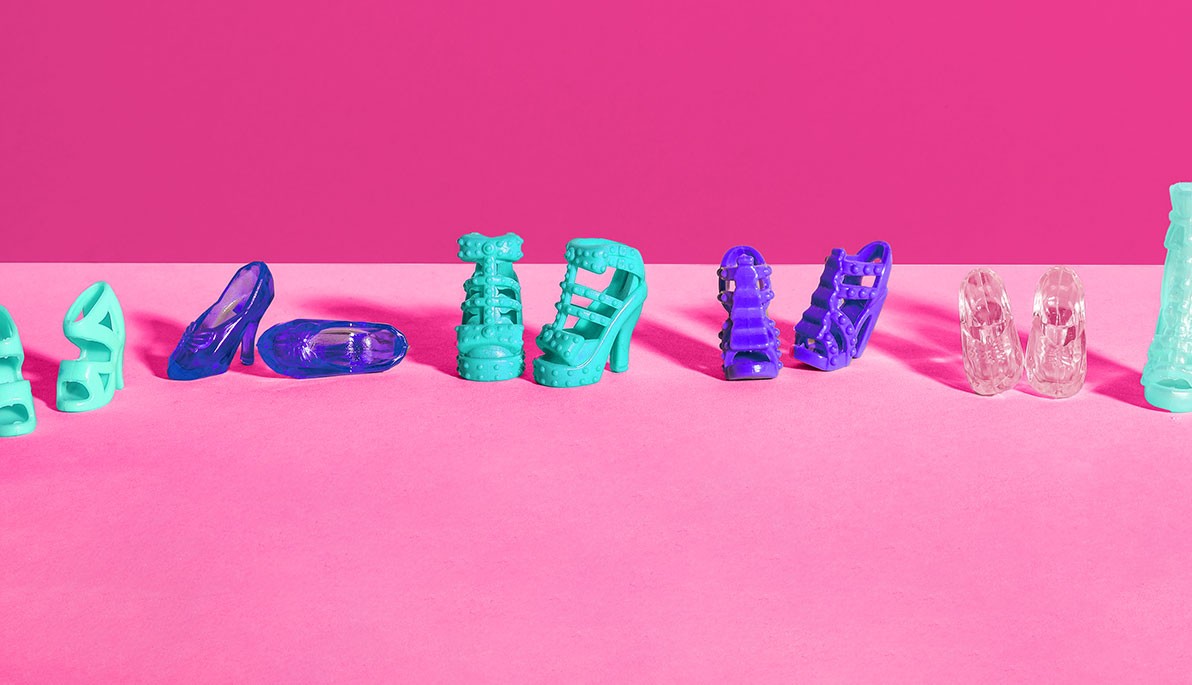Barbie turned 64 this year and shows no signs of slowing down.
In the days leading up to the highly anticipated July 21 Barbie film release, the world seemed to be awash in pink. Thanks to a strategic marketing blitz by parent company Mattel, more than 100 brands “dolled up” their products to bring a splash of Barbie’s branding to their regular offerings. From pink sauce on Burger King’s Whopper to hot pink leggings from luxury designer Balmain, marketers eagerly jumped on the Barbie bandwagon. Airbnb even announced a promotion for consumers to stay in a real-life replica of Barbie’s Malibu DreamHouse.
These high-profile marketing efforts demonstrate the power of Barbie’s iconic brand, which was valued at approximately $700 million in June 2023.
Now, consumer psychology expert Colleen Kirk, D.P.S., associate professor of management and marketing studies at New York Institute of Technology, shares insight into why Barbie’s brand is more relevant than ever.
A key consumption motivation for consumers is to use their possessions to express their identity both to themselves and to others. We all have aspirational identities—who and what we might someday aspire to become—and this is especially important for children, who are still exploring and testing their own identities. This becomes important when understanding the long-lasting magic of Barbie, and her particular relevance today comes from several factors.
First, my research in psychology and consumer behavior has shown that customization plays a significant role in enhancing feelings of ownership and attachment to our possessions. One of the key factors contributing to Barbie’s enduring popularity is the vast range of customization options available to children. When girls customize their Barbie dolls, they engage in an active process of self-identification, exploring and projecting their own personalities and aspirational identities onto the doll. By personalizing their dolls with different outfits, accessories, hairstyles, and even professional identities, children create unique representations of their ideal self. This process not only boosts their sense of ownership but also fosters imagination, creativity, and a strong emotional connection with the doll. Barbie’s extensive customizability thus becomes a catalyst for self-discovery and empowerment.
Contributing to the doll’s relevance for young girls today, Barbie has consistently demonstrated her remarkable ability to adapt and evolve alongside changing cultural norms. Today, Barbie is available in a wide range of dolls with a diverse variety of skin tones, body shapes, and hairstyles, celebrating the beauty of all girls. Even adjustable ankles have eliminated the decades-long restrictions on practical footwear choices, allowing girls to explore diverse fashion choices and play scenarios with greater authenticity.
In addition, Barbie’s diverse range of professional roles, including less traditional roles such as doctor, astronaut, engineer, and CEO, has provided generations of young girls with aspirational figures to emulate, even when such figures may not be visible in the world around them. This has enabled girls to imbue the doll with their own dreams and envision a future where they could achieve anything they set their minds to.
Finally, nostalgia is a powerful emotion and likely contributes to the enduring popularity of Barbie dolls. With a history spanning over six decades, Barbie has become an iconic symbol of childhood for multiple generations. For many mothers and grandmothers, Barbie dolls were once cherished companions that represented their own hopes and dreams. The sight of their daughters and granddaughters playing with Barbies evokes a sense of nostalgia and warmth, creating a special bond that transcends time. The shared experience of playing with Barbie dolls across generations fosters a sense of continuity and tradition, adding a layer of emotional significance to the toy.
Colleen Kirk, D.P.S., is available for comment/interview. Contact mediarelations@nyit.edu.
